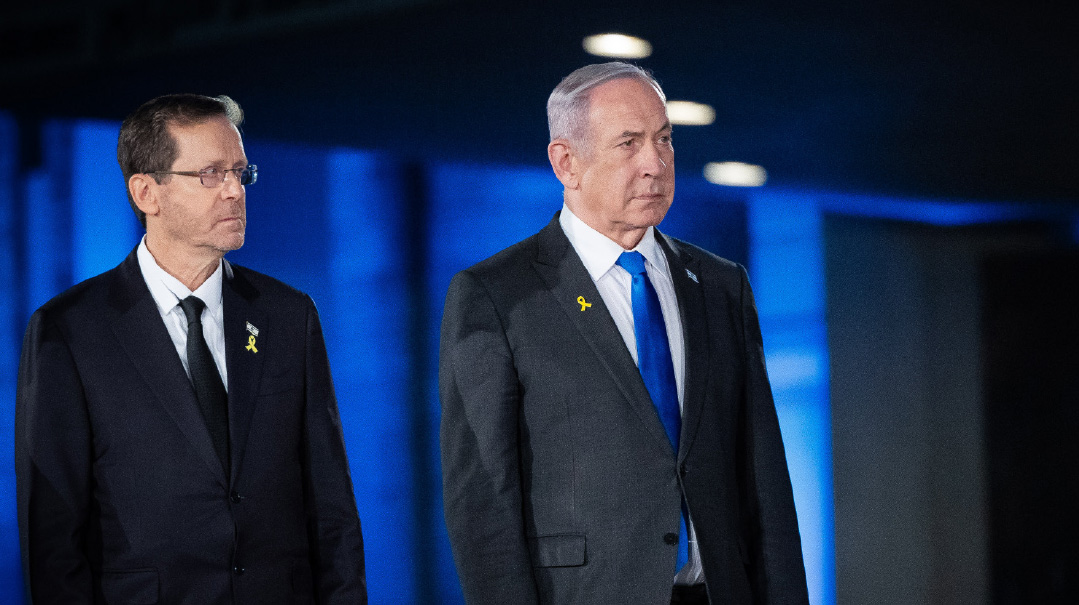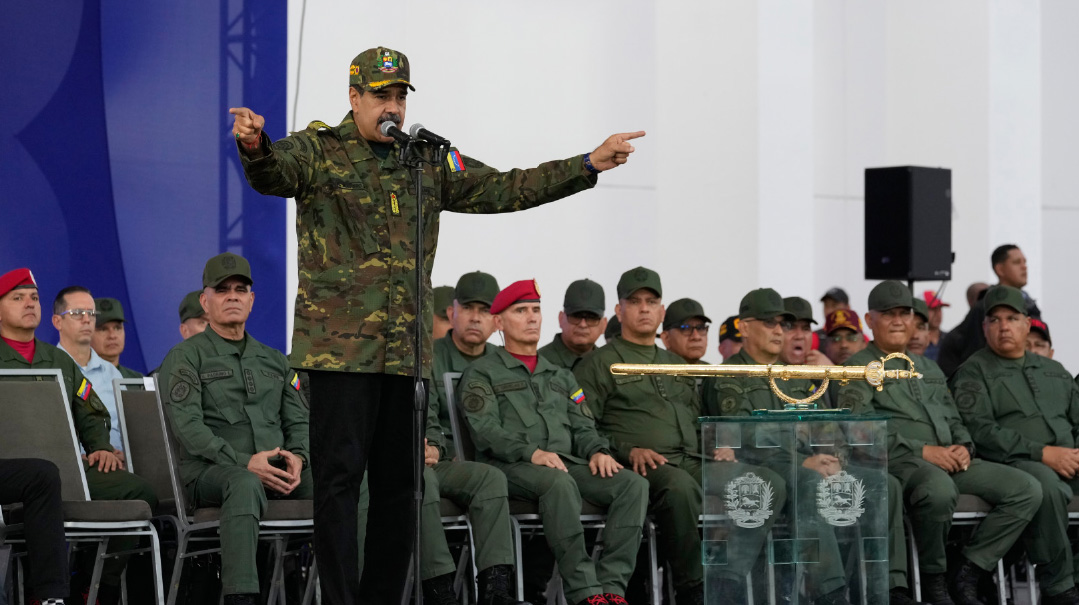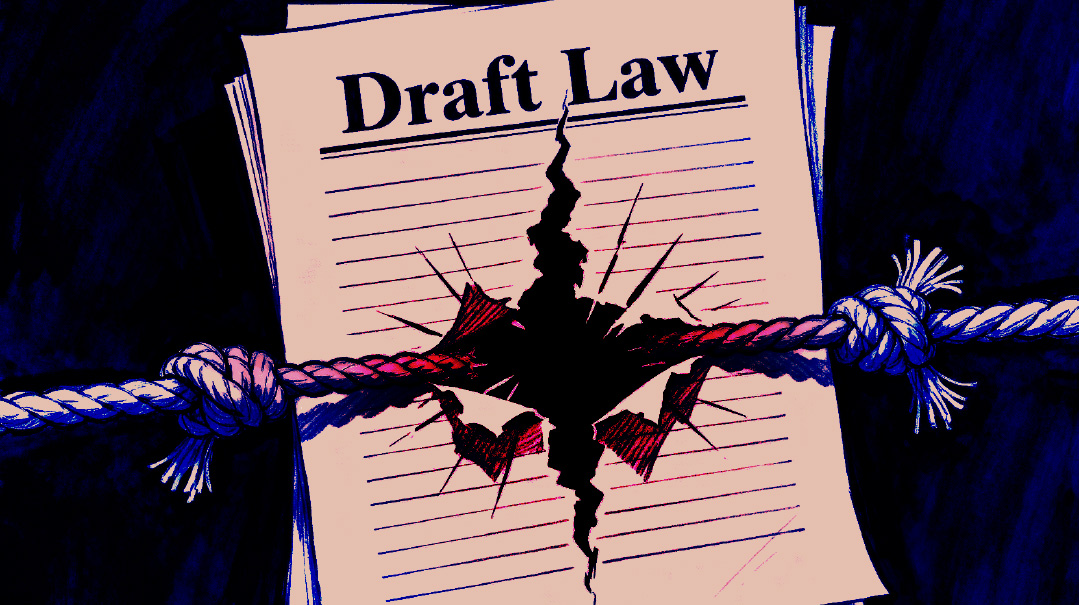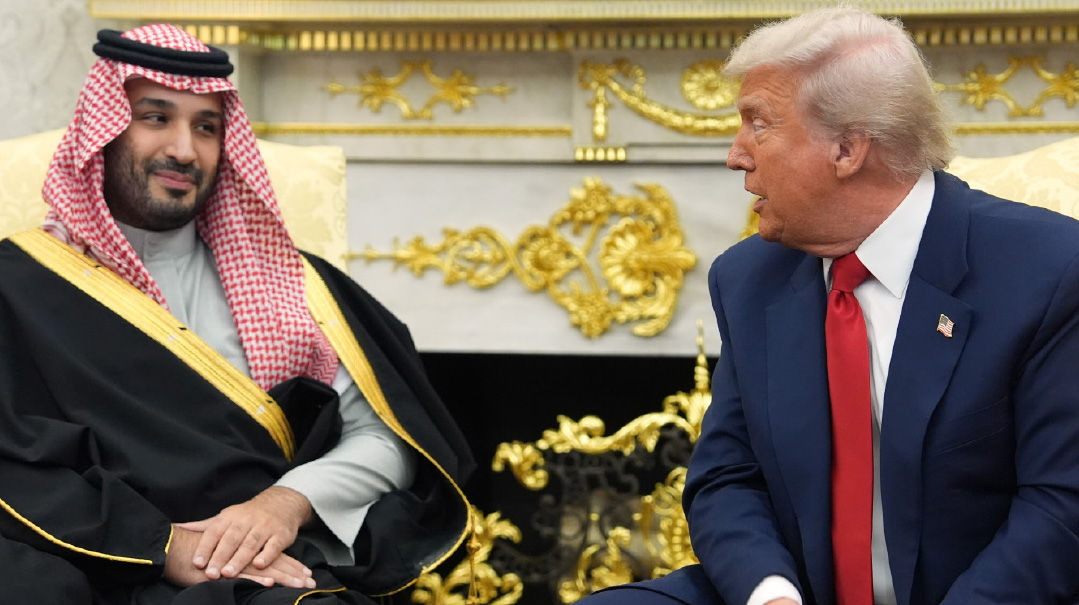Paid to Kill

The use of mercenaries has become a popular element of warfare in recent years, with Russia leading the trend
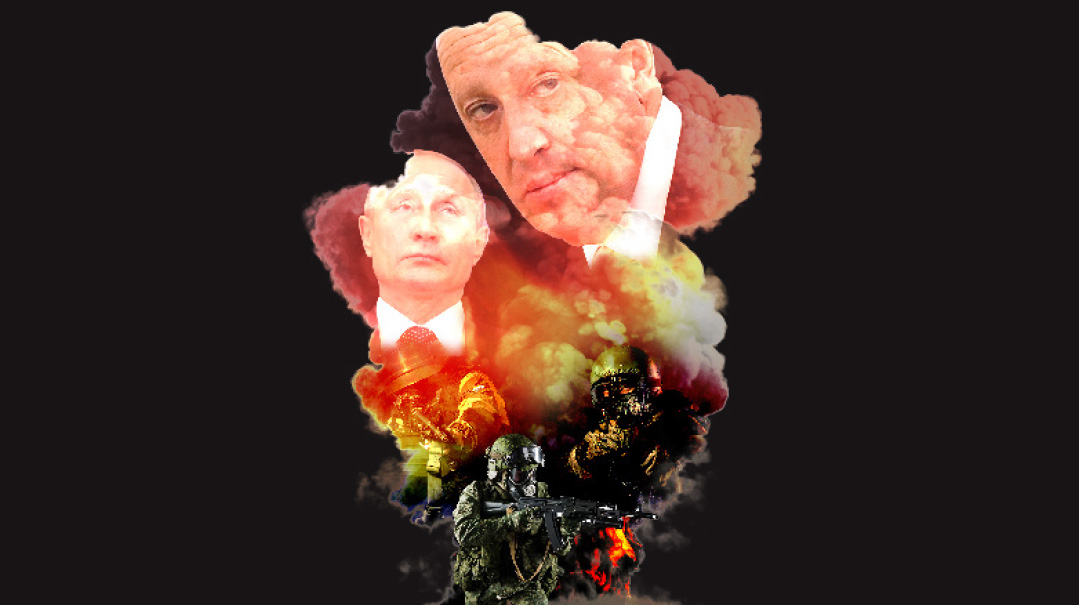
Photos: AP Images
“WE will not lay down the weapons, we will defend our state, because our weapon is our truth.
Such was President Volodymyr Zelensky’s address to the Ukrainian people the morning after Russian missiles began raining down on Kyiv this past February. It was a declaration of defiance and a message of fortitude to a deeply frightened and uncertain nation — but it didn’t happen in front of a large, cheering crowd on a stage resplendent with national flags and patriotic emblems. This speech was given in solitude. The audience: a smartphone. But the video circulated across social media platforms rapidly, and public admiration for the now iconic war hero swelled exponentially.
But at the time, the world failed to recognize just how deeply Zelensky’s courage ran, and it wasn’t until a few days later that the reports started trickling in: Mercenaries. Assassination. Zelensky’s own life was in danger, and he knew it — he was fighting for his own survival, as much as he was fighting for his country. Yet defiant he remained, unwilling to allow his own mortal peril to weaken his resolve. The headlines’ chilling reports came interlaced with a reference military analysts knew only too well: the Wagner Group. Mercenaries affiliated with Russia, often called “Putin’s shadow army,” although the Kremlin has always denied responsibility for, or even knowledge of, its activities.
Who makes up the Wagner Group? Where do they come from? What is their mission statement? We may never learn all the answers, but one thing we do know: Their highly valued operations are shrouded in secrecy. Yet following their trail and tracing their steps, some of the layers have begun to peel away.
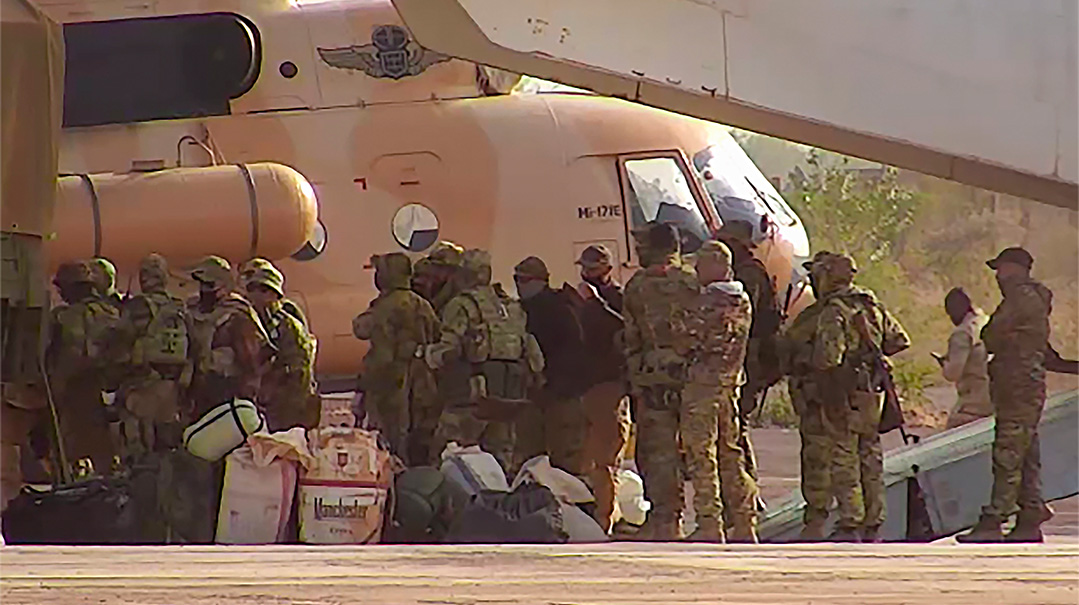
By Any Other Name
Think of mercenaries, and you might conjure up images of professional Greek soldiers in the Persian Empire, brutish men on elephants paid to fight for Carthage against Rome, or bands of barbarians hired to defend the Byzantine emperors and their lands.
But mercenaries didn’t disappear with ancient cultures. Today’s private military companies (PMCs) are the contemporary version of the mercenary trade, providing governments with logistics, security, soldiers, military training, and other services. Private paramilitary forces are functionally mercenary armies, though they may serve as security guards or military advisors. And national governments, who reserve the right to control the nature and armaments of such private armies, argue that as long as they’re not actively employed in front-line combat, they are not part of that hated cadre of men known as mercenaries.
In fact, the use of mercenaries as a method of warfare has rapidly become more popular in recent years, with Russia and Turkey leading the trend. That said, its roots are not found in either of those countries.
Modern-day mercenaries were first employed on a large scale during the upheaval in the Gulf region at the beginning of the last decade. Several of the Gulf states share the interesting dynamic of having fairly small populations, but at the same time commanding enormous amounts of wealth. The underabundance of citizens makes for a compromised military — but countries such as Bahrain, Qatar, and Saudi Arabia spared no cost in hiring thousands of mercenaries to fight on their behalf, making up for a deficiency in local personnel. For these countries, mercenaries from non-Arab Muslim backgrounds are given preference, as they’re unlikely to have any vested political interests.
But why does Russia, with its millions of able-bodied men, need to enlist the help of mercenaries? Maybe the secret lies in the background and organization of the dreaded Wagner Group.
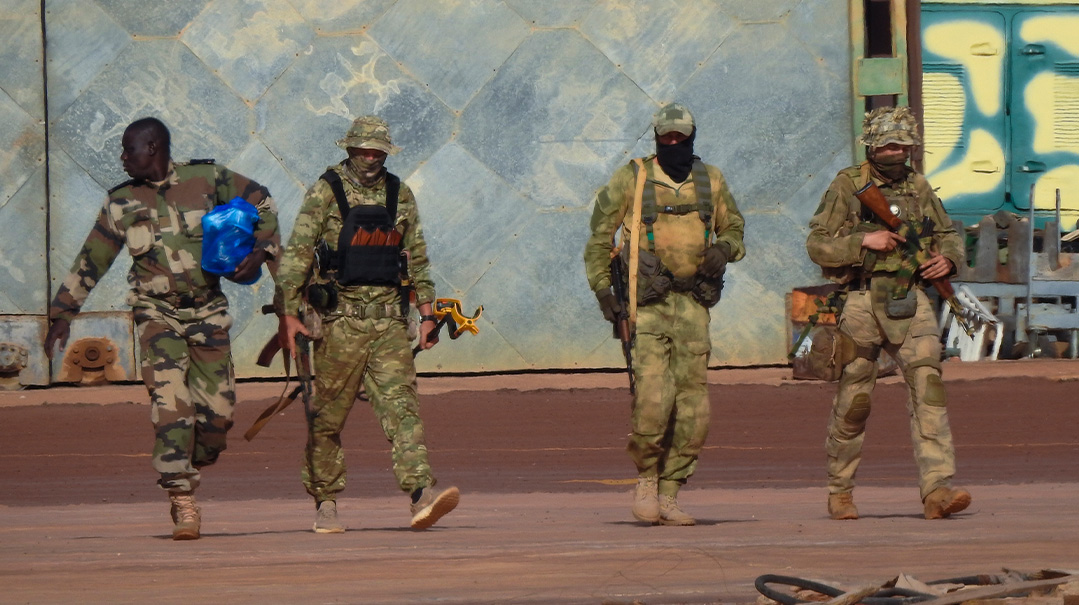
How It Started
The Wagner Group is believed to have been founded by a former Russian army officer named Dmitry Utkin. Utkin had served as the lieutenant colonel for Russia’s Main Intelligence Directorate (known by the abbreviation GRU). He retired from the Russian military in 2013 and went on to join the Slavonic Corps, with which he fought to defend Syrian president Bashar al-Assad during Syria’s civil war.
When Utkin returned to Moscow, he formed the Wagner Group, naming it after Richard Wagner, the German composer who was Adolf Hitler’s favorite. Utkin apparently has a fascination with Hitler and Nazism, and is said to sport numerous Nazi tattoos and possesses a Nazi eagle and SS lightning bolts. Indeed, the group identifies with what is called “Viking Culture,” a popular vein in white supremacist ideology in Europe that harks back to an imagined “pure” and totally white past. (The irony of Putin’s claimed goal of “de-Nazifying” Ukraine with the help of Nazi-leaning mercenaries isn’t lost.)
The organization first came to the world’s attention in 2014, when Russia annexed the Crimean Peninsula, with members fighting alongside Russian-backed separatists in the Donbas region of eastern Ukraine.
No Mercenaries Here
The US government has called Wagner a “proxy force” of Russia’s defense ministry, and although there are many former officers in the corps, Russia officially denies its existence.
Still, the Wagner Group is believed to have engaged in warfare in multiple countries, all on behalf of Russian interests — from the junta governing Mali to Syria’s al-Assad. The Center for Strategic and International Studies in Washington estimates that the Wagner Group operates in some 30 countries, with two training camps in Russia. And, although it claims to be independent of any political entity, “its management and operations are deeply intertwined with the Russian military and intelligence community,” according to the Center.
Ironically, the use of mercenaries is in violation of the Russian constitution, which stipulates that the country’s security and defense must be solely under the jurisdiction of the state government. This means that private military companies (PMCs) are actually illegal in Russia and their services would not be allowed to be used in wartime. A number of loopholes, however, have resulted in the clause being rendered close to meaningless.
“PMCs are technically illegal,” according to military journalist Ruslan Trad, whose investigations focus on hybrid warfare and mercenaries. “But private security companies are not. So PMCs adopt the facade of a security company, but at the same time they have clear ties to Russian intelligence agencies such as the FSB (national security services) and GRU (military intelligence) and to both the Russian special forces and the army.”
A primary motive for Russia to hire away military operatives to PMCs, according to an April 2022 report issued by the Soufan Center, is to “provide the Russian Federation with a thin veneer of plausible deniability as it engages in the pursuit of finance, influence, and vigilantism not in keeping with international norms.”
Given this motivation, Russia is duly incentivized to do what it can to maneuver around any constitutional obstacles. And this, in fact, has been its practice for quite some time. Russia, rather than sully its own hands, will employ foreign fighters, or military proxies, to wage battle on its behalf.
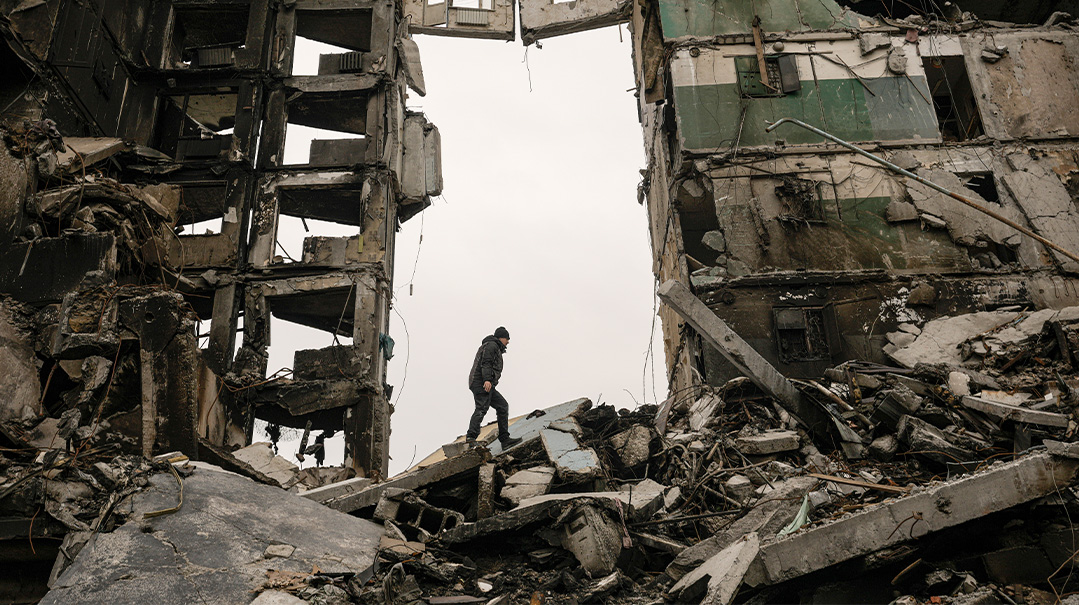
Although Russia officially denies its existence and it’s even in contravention to the Russian Constitution, the Wagner Group is thought to be responsible for much of the destruction in Ukraine
The Russian Alliance
The Wagner Group, for its part, operates in complete secrecy, and is not a formally registered entity in any jurisdiction (although it is said that it may be registered in Argentina). Yet, lack of formality notwithstanding, their military impact spans the international landscape, and their military involvement often results in devastating war crimes.
A March 2021 United Nations report expressed grave concern regarding the atrocities committed by private military personnel, presumably referencing the Wagner Group which, they report, include “mass summary executions, arbitrary detentions, torture during interrogations, forced disappearances, forced displacement of the civilian population, indiscriminate targeting of civilian facilities, violations of the right to health, and increasing attacks on humanitarian actors.”
The Wagner Group gained significant media attention in December 2021 when its arrival in Mali resulted in a sharp escalation of civilian deaths, including the execution of 300 civilian men, described as the worst single atrocity reported in Mali’s decade-long armed conflict.
But as far-ranging as Wagner operations might spread, one thing remains clear: Wagner and Russia are, for all practical purposes, inseparable.
The Russia-Wagner alliance is rooted in shared nationalistic interests; its founders are Russian natives with close ties to Vladmir Putin. But aside from that, it is believed that, much as Wagner purports to be a private entity, it is, in fact, linked to state-run Russian military.
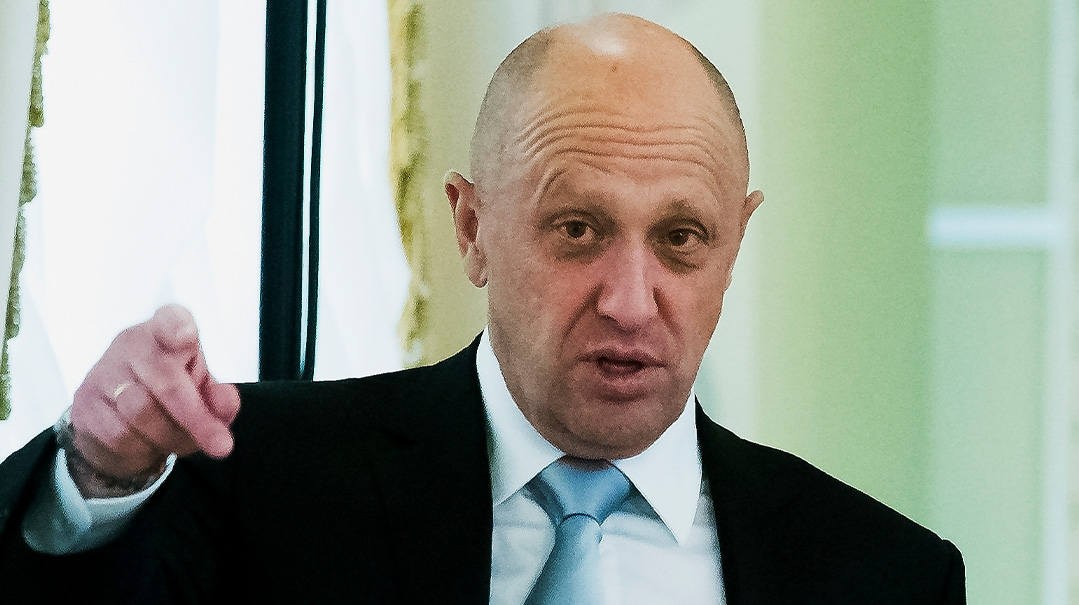
Russian oligarch Yegveny Prigozhin is said to finance the shadowy Wagner Group, continuing to pay salaries to the mercenary army accused of war crimes in Ukraine, Syria and Africa
Who’s Paying?
While Russia has consistently denied Wagner has any state connections, the group’s funding and infrastructure has been linked to Russian oligarch Yevgeny Prigozhin, known as “Putin’s chef” — so-called because he rose from being a restaurateur to the Kremlin caterer, which earned him his first million. The United States officially recognizes Prigozhin as the financier of the Wagner Group.
Prigozhin’s worth is thought to be in the $1.2 billion range, but the monthly stipends to Wagner Group members are not terribly generous. Wagner is said to pay its recruits, most of whom are retired Russian servicemen, a maximum of about $2,000 a month. Families of killed PMCs are prohibited from talking to the media under a non-disclosure that is a prerequisite for them to get compensation, which is a little over $50,000.
Uncounted Losses
Wagner operatives were first identified fighting on behalf of Russia against Ukraine in 2014. A year later, they were reported to be fighting in Syria, where Russia has a very specific interest in having mercenaries do their fighting.
Russia’s intervention in Syria has been the subject of intense internal political criticism, and losses of Russian troops incurred in Syria risked legitimizing the anti-interventionist narrative. The Wagner Group presented a perfect solution. It has allowed for Russia to maintain a military offensive force, independent of the Syrian army, and creates an image of a strong Russian military presence.
But according to Marat Gabidullin, a former Wagner Group soldier who has gone public with his story and has asked for asylum in France, the real benefit was to hide the number of losses that the Russian military had in that campaign, but it was a deception, since no one will know the real numbers. Wagner Group mercenaries are generally on the front lines, so their losses are higher — but as a private army, those losses aren’t tallied.
The Wagner Group continues to operate internationally, with forces deployed in Sudan, the Central African Republic, Madagascar, Libya, Mozambique, Zimbabwe, Angola, Guinea, and Guinea-Bissau. The exact number of fighters is unknown, but in 2016, the number of Wagner Group personnel was said to be approximately 1,000, which quickly ballooned to 6,000 by 2017.
Although the Wagner Group continues its numerous operations worldwide, Russia’s war in Ukraine has required some shift in its focus. Wagner is said to have moved a thousand of its fighters from Libya to Ukraine to help in the war effort. The estimate is that there are between 10,000 and 20,000 mercenary fighters working for Russia in their war against Ukraine; and although it is unclear exactly how many of these are members of the Wagner Group, it can be assumed that a significant number of them are.
Training in Secret
Aspiring Wagner fighters are subject to an intense series of rigorous training sessions. The training base is a Russian Ministry of Defense facility called Molkino and is located near the remote village of Molkin, Krasnodar Krai. However, official documents list the facility as a children’s vacation camp, once again diverting attention away from any formal link between the Russian state and the private military company.
All Internet resources are prohibited in the training camp. This prohibition extends indefinitely: no videos, pictures, or recordings taken during training are ever allowed to be posted on the Internet. Mobile phones and any Internet device must be turned in to the company’s administration, and can be used only with the commander’s permission. All of this further contributes to the air of secrecy surrounding Wagner, making answers that much more difficult to come by.
In for the Kill
Within Wagner, there are various units, a particularly terrifying one being the “Rusich Unit.” Rusich was founded by Alexey Milchakov and Yan Petrovsky, both publicly self-proclaimed neo-Nazis. The Rusich unit was founded upon neo-Nazi principles and its logo features a Slavic swastika.
The unit employed gruesome tactics during the 2014 war in Ukraine and have been under investigation by the International Criminal Court for war crimes. The Rusich are referred to as a “sabotage and assault reconnaissance group,” which means that, in all likelihood, it is they who were behind the assassination attempts against Volodymyr Zelensky.
More than 400 Russian mercenaries from the Wagner Group were reported to have been in Kyiv by late February 2022, with orders to assassinate Zelensky and destabilize the government enough for Russia to take control. According to multiple news outlets, the number of assassination attempts against Zelensky is “above a dozen.” The Wagner Group is thought to have been behind the first three attempts at least. Yet somehow, Zelensky remains alive. Though we cannot know the full scope of the Ukrainian forces’ operations, they are clearly working overtime in defending their president and their country. But it isn’t only defense that they’re playing. Just last week, multiple media outlets reported the death of Vladimir Andonov, considered one of the most vicious members of the Wagner Group.
Andonov, who operated under the code name “Vaha,” is believed to share a large part of the responsibility for the shooting of Ukrainian prisoners of war in Logvinovo, as well as the massacre of civilians in the Donbas. It was during an overnight reconnaissance that Andonov is purported to have been killed at the hand of a Ukrainian sniper.
Still, although their steps can be traced, mystery continues to surround the Wagner Group’s every move. Is it, in fact the Wagner Group behind the assassination attempts on Zelensky? And, if they are so well trained in the art of murder, why hasn’t the plan reached fruition? Is Ukrainian intelligence advanced enough to outsmart the scores of highly trained Russian mercenaries?
In a world where information has become more available than ever before, the Wagner Group somehow manages to remain in an elusive shadow, raising more questions than answers.
(Originally featured in Mishpacha, Issue 915)
Oops! We could not locate your form.


